Indian fish breeds also tend to adapt well to different aquaculture environments, making them easier to rear than exotic varieties. This adaptability can lead to higher survival rates and overall success in fish farming operations. Raising these fish breeds not only supports local economies but also helps preserve biodiversity.
Top Indian Fish Breeds
Rohu
The most popular species for aquaculture is the Rohu, scientifically known as Labeo rohita. This freshwater fish is widely distributed across South Asia and is highly valued for its delicious taste and high nutritional content. Rohu thrives in a variety of water conditions, making it relatively easy to rear.
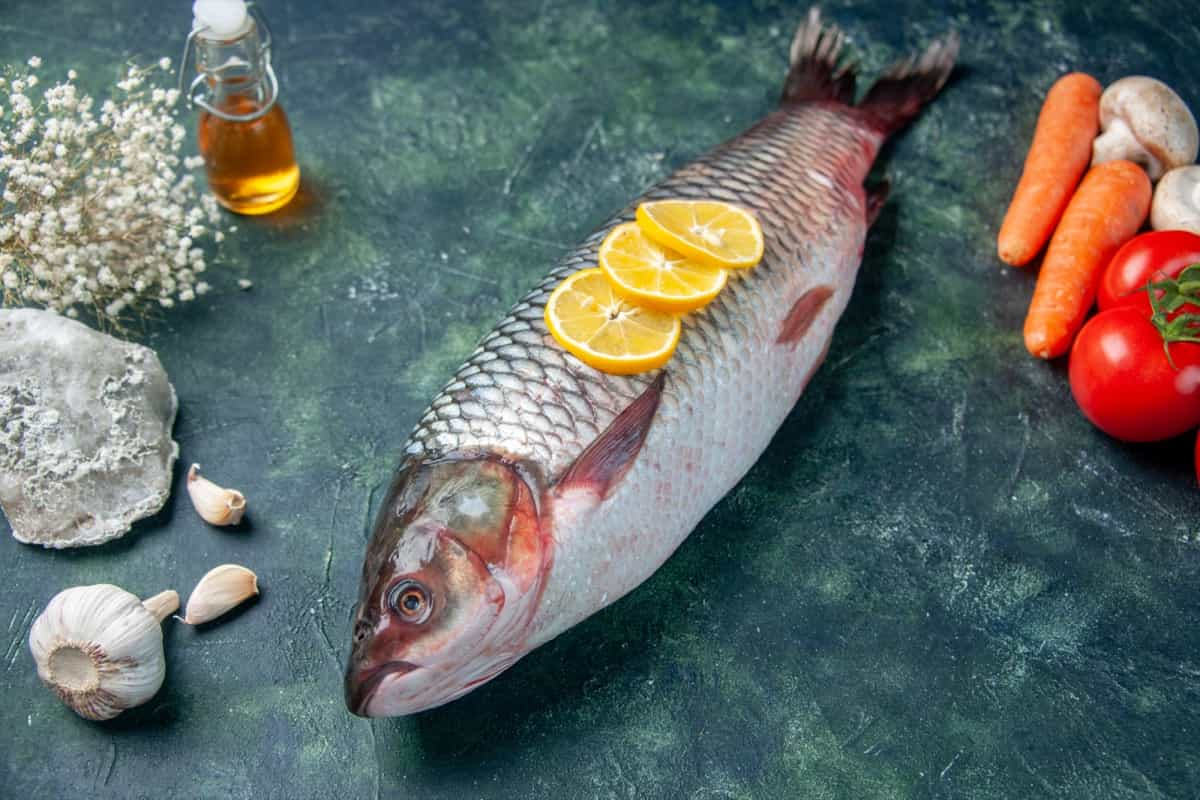
To ensure successful cultivation, provide them with a balanced diet rich in protein and maintain good water quality. They are fast-growing and can reach sizes up to 2 feet in length within a year under optimal conditions. Whether you’re a seasoned farmer or just starting, rearing Rohu can be a rewarding experience both financially and personally.
Catla
Catla, scientifically known as Catla catla, is a popular Indian fish breed among aquaculturists. This freshwater species belongs to the carp family and is prized for its delicious taste and large size. Catla are primarily herbivorous fish that thrive in ponds and rivers with plenty of vegetation. They prefer warm water temperatures and do well in oxygen-rich environments.
In case you missed it: The Eco-Friendly Makeover: How to Convert Your Unused Swimming Pool into a Fish Pond
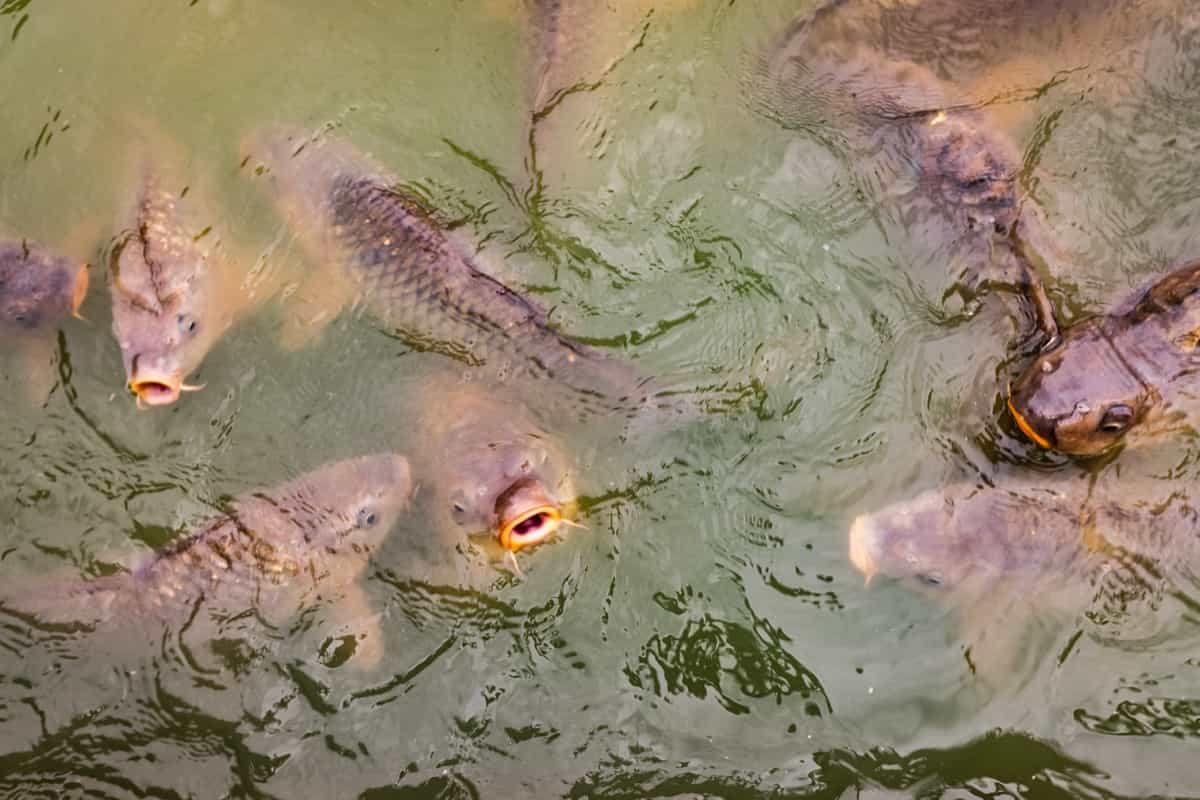
When rearing Catla, it’s essential to provide them with a balanced diet rich in plant matter such as algae, aquatic plants, and commercial feed pellets. Regular monitoring of water quality parameters like pH levels and ammonia concentration is crucial for their health. With proper care and management practices, Catla can reach impressive sizes within a short period.
Hilsa
The Hilsa, scientifically known as Tenualosa ilisha, is a prized Indian fish breed that thrives in both freshwater and estuarine environments. Its distinct flavor and delicate texture make it a favorite among seafood enthusiasts across the country. Rearing Hilsa can be challenging due to its specific habitat requirements and sensitivity to water quality.
However, with proper care and management practices, aquaculturists can successfully cultivate this sought-after species. Maintaining suitable water parameters such as temperature and oxygen levels is crucial to ensuring optimal growth and health of Hilsa. Additionally, providing a balanced diet consisting of natural feeds like zooplankton can enhance their overall well-being.
Indian Carp
The Indian Carp, a popular choice for aquaculture enthusiasts, is known for its adaptability to various water conditions. This resilient fish breed thrives in both freshwater ponds and tanks, making it a versatile option for farmers across India. Indian Carp are prized for their fast growth rate and high nutritional value, making them a profitable investment for fish-rearing businesses.
In case you missed it: 14 Biofloc Fish Farming Tank Suppliers in India: Top Aqua Products Manufacturers
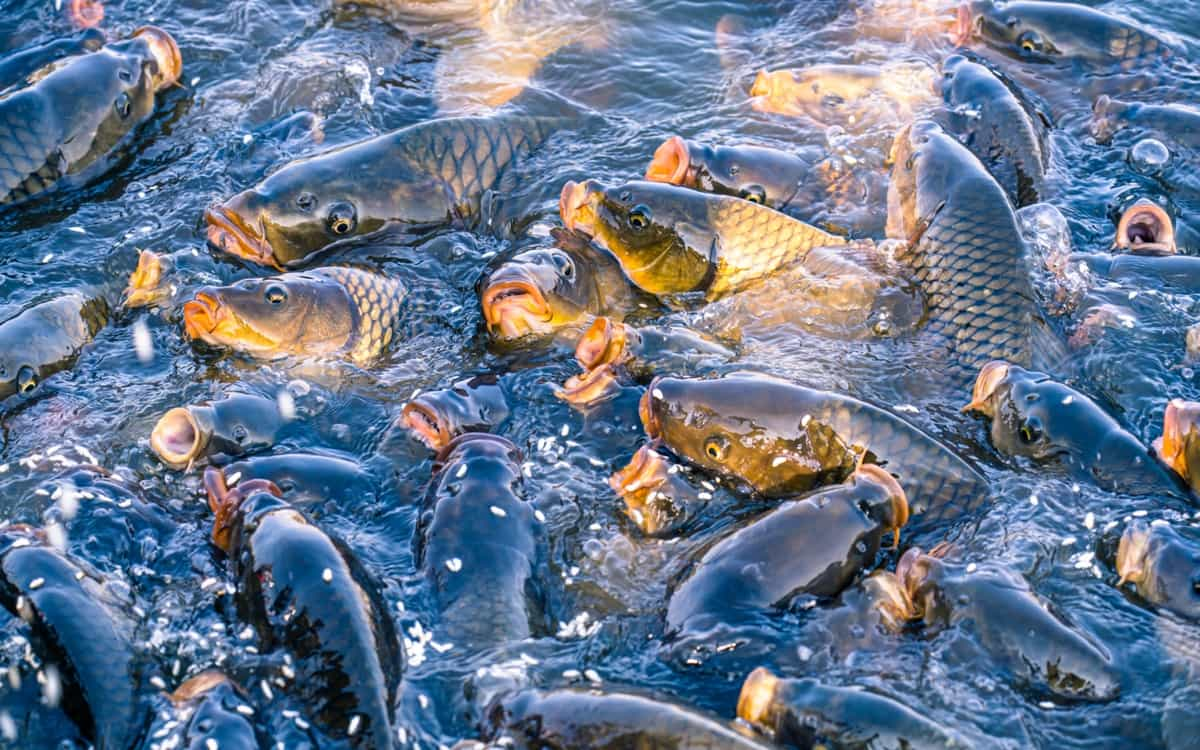
With proper care and feeding practices, these hardy creatures can reach market size quickly, providing a sustainable source of income for farmers. When raising Indian Carp, it is essential to monitor water quality regularly to ensure optimal growth and health. Maintaining a balanced diet rich in protein enhances their growth potential and overall well-being.
Murrel
With its distinctive appearance and voracious appetite, Murrel has gained popularity among fish farmers seeking to diversify their offerings. This carnivorous fish thrives in freshwater environments with ample hiding spots, making it an intriguing choice for those looking to add excitement to their aquaculture ventures.
The scientific name of the Murrel is Channa striata, and it belongs to the snakehead family. Its striking coloration and elongated shape make it visually appealing to any aquarium or pond. In terms of rearing tips, providing a varied diet rich in protein for the healthy growth of Murrel fish. To successfully rear Murrel, ensure proper water quality with adequate oxygen levels and a balanced diet to promote healthy growth.
Pabda
Pabda, also known as Butterfish, is a popular catfish species in India. This fish is well-loved for its delicate and buttery taste, making it a favorite among seafood enthusiasts. Pabda is commonly found in freshwater bodies across the country, thriving in warm and tropical climates. When rearing Pabda fish for aquaculture purposes, it’s important to provide them with a suitable environment that mimics their natural habitat.
These catfish prefer clean water with plenty of oxygen and feed on small insects, crustaceans, and plant matter. Maintaining water quality parameters such as temperature, pH levels, and dissolved oxygen content is crucial for successfully rearing Pabda fish. Additionally, offering a balanced diet rich in protein will promote healthy growth and development in these fish.
Koi
Koi fish, with their vibrant colors, have long been admired in Indian aquaculture. These ornamental fish add a touch of elegance to any pond or aquarium. The scientific name for Koi is Cyprinus rubrofuscus. When rearing Koi, clean water and a balanced diet are essential to maintaining their health and coloration.
In case you missed it: Sustainable Biofloc Fish Farming: A Comprehensive Guide to Eco-Friendly Practices
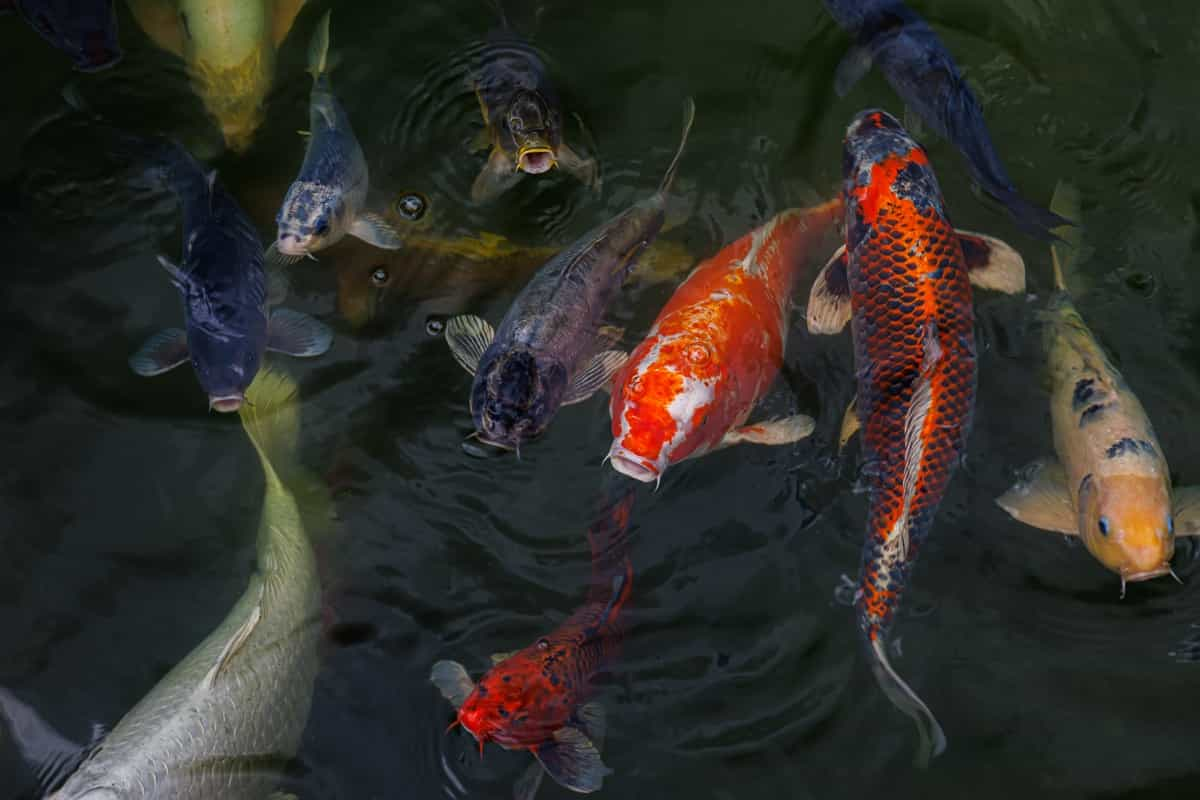
Koi are known for their longevity, with some living for decades under proper care. These fish come in a variety of colors, such as red, white, yellow, black, and blue. Each color variation symbolizes different meanings in Japanese culture, from strength and perseverance to love and success.
Guppy
These small freshwater fish are known for their array of colors and patterns, making them a popular choice among hobbyists. Guppies are easy to care for and ideal for beginners in the world of fish farming. They thrive in well-maintained tanks with plenty of vegetation and hiding spots.
The interesting fact about Guppies is that they are livebearers, which means these fishes give birth to live young rather than laying eggs. This reproductive strategy can lead to rapid population growth if not carefully managed. To keep your Guppies healthy and happy, maintain stable water conditions with regular monitoring of temperature, pH levels, and ammonia content. Additionally, provides a balanced diet rich in protein and fiber.
Pearl Spot
This beautiful fish species, scientifically named Etroplus suratensis, holds a special place in Indian aquaculture. With its distinctive pearl-like spots and delicious taste, the Pearl Spot is highly sought after for culinary purposes. Indigenous to the backwaters of Kerala, this fish thrives in brackish water environments. In addition to its culinary appeal, the Pearl Spot also plays a significant role in local culture and traditions. It symbolizes prosperity and abundance during festivals and special occasions in Kerala.
Mahseer
With its large scales shimmering along the lateral line, the Mahseer stands out amongst its counterparts. This species has two pairs of barbels that add elegance to its appearance. These sensory organs not only enhance their beautiful appeal but also play a crucial role in navigating their underwater habitat with precision. These freshwater giants are a favorite among anglers and aquaculture enthusiasts alike. Found in rivers across India,
Mahseer can grow to impressive lengths, making them a thrilling catch for those seeking adventure on the water. Mahseer is omnivorous by nature, feeding on a variety of aquatic plants, insects, and smaller fish. To successfully rear Mahseer in aquaculture settings, it’s essential to provide them with ample space to swim freely and access quality food sources that mimic their natural diet. Maintaining clean water conditions is also crucial for the health of these magnificent fish.
Tilapia
Tilapia, a popular Indian fish breed in aquaculture, is known for its adaptability to various environmental conditions. Its scientific name, Oreochromis niloticus, reflects its origins in the Nile River basin in Africa. Tilapia’s rapid growth rate and high protein content make it a preferred choice for fish farming.
This resilient species thrives in both freshwater and brackish water environments, making it a versatile choice for fish farming. When it comes to reproduction, Tilapia are prolific breeders with high fecundity rates. Proper breeding management can result in multiple spawning events throughout the year, leading to higher production levels for aquaculture farmers.
Catfish
Known for its adaptability and hardiness, Catfish thrive in various water conditions. Their ability to grow rapidly makes them an attractive option for commercial farming ventures. Catfish are bottom-feeders, meaning they help keep the pond clean by consuming organic matter. This not only benefits the fish but also contributes to maintaining a healthy aquatic ecosystem.
In case you missed it: Growing Vegetables and Fish Together in the Backyard: Starting a Backyard Aquaponics
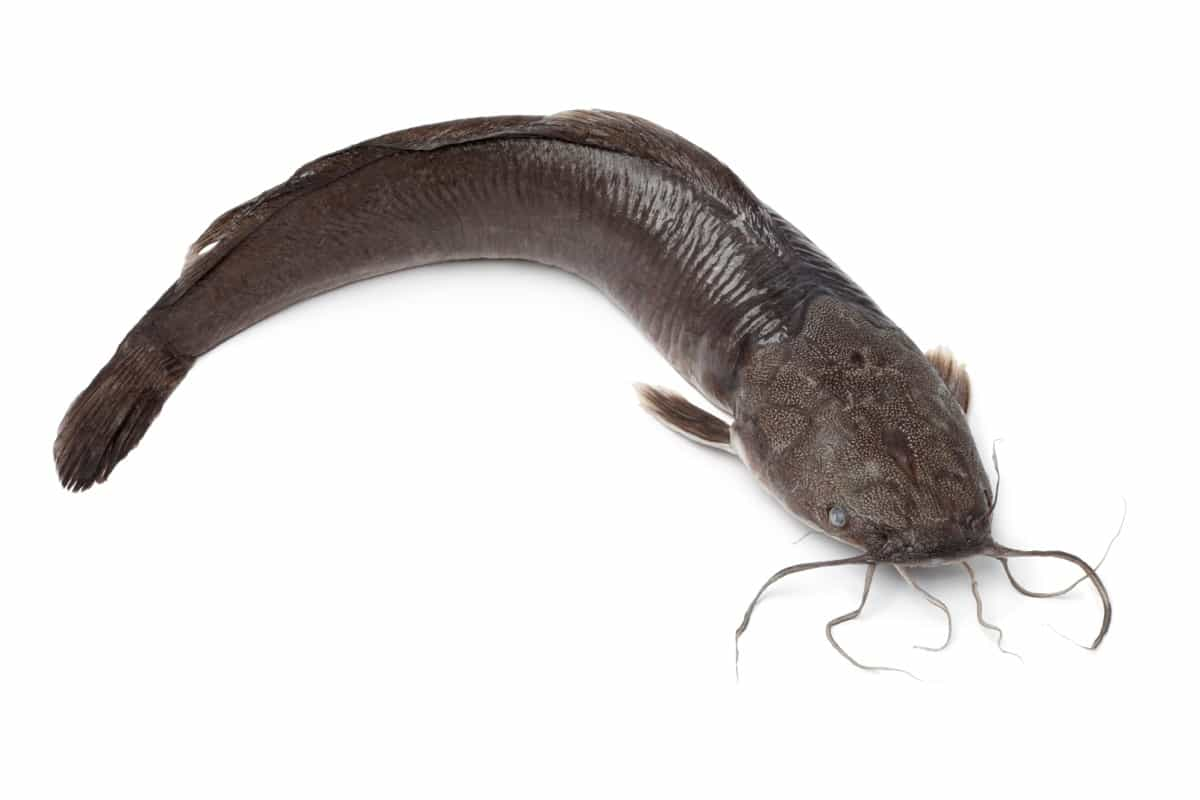
Their omnivorous diet makes them relatively easy to feed with commercial feeds or natural sources like worms and insects. In addition to their practicality in aquaculture, Catfish are also prized for their delicious taste and versatility in cooking.
Anabas
Anabas is a popular choice for aquaculture due to its hardy nature and adaptability to various environments. Raising Anabas can be an exciting venture for beginners or experienced fish farmers. With proper care and maintenance, these resilient creatures can thrive in freshwater ponds and tanks. The scientific name of Anabas is Anabas testudineus, reflecting its distinctive characteristics, such as the ability to survive in low oxygen levels by breathing through its labyrinth organ.
This feature makes Anabas stand out among other Indian fish breeds and adds an element of intrigue to your aquaculture setup. When rearing Anabas, it’s essential to provide plenty of hiding spots in the tank as they tend to be shy and enjoy sheltered areas. Additionally, maintaining stable water parameters and feeding them a balanced diet will help ensure their growth.
Silver Carp
Silver Carp, scientifically known as Hypophthalmichthys molitrix, is a popular Indian fish breed ideal for aquaculture. This species is recognized by its silver-colored scales and streamlined body shape.
Silver Carp thrives in freshwater environments and is known for its rapid growth rate, making it a favorite among fish farmers. When rearing Silver Carp, it’s essential to provide them with ample space to swim freely and access to quality feed. These fish are herbivores, primarily feeding on plankton and algae.
Wallago Attu
With its sleek body and distinctive features, the Wallago Attu is a true marvel of nature. It belongs to the Siluridae family, which adds to its unique characteristics. The most interesting aspect of this species is its adaptability to various aquatic environments. From rivers to lakes, the Wallago Attu thrives in diverse settings, showcasing its resilience and versatility.
Native to regions rich in cultural heritage and natural beauty, Wallago Attu encounters in the wild are like discovering a hidden treasure. Its presence adds vibrancy to these already captivating landscapes, making it a sought-after sight for aquaculture enthusiasts and nature lovers alike.
Pangasius
Pangasius, also known as the Vietnamese river cobbler or basa fish, is a popular freshwater fish breed in Indian aquaculture. This species thrives in warm water conditions and is highly adaptable to various farming systems. Pangasius are known for their rapid growth rate, making them a profitable choice for fish farmers. Their slightly sweet flavor makes them versatile for culinary purposes.
Grass Carp
The Grass Carp, scientifically known as Ctenopharyngodon idella, is a popular Indian fish breed favored for its herbivorous diet and ability to control aquatic weeds. This species can grow rapidly in favorable environments, making it an attractive choice for aquaculture enthusiasts looking to manage vegetation in their ponds or lakes. Grass Carp are known for their distinctive appearance with large scales and elongated body shape.
They are also recognized for their high tolerance to different water conditions, making them relatively easy to rear compared to other fish breeds. When rearing Grass Carp, it is essential to provide ample space for them to swim freely and access a varied diet that includes aquatic plants. Regular monitoring of water parameters is crucial for optimal growth and health of these fish.
Eel
Eels are fascinating creatures that thrive in both freshwater and saltwater environments. Known for their elongated bodies and snake-like appearance, eels are a popular choice for aquaculture due to their unique flavor profile. The most interesting fact about eels is their migratory behavior.
In case you missed it: Key Rules to Maintain Water Quality in Aquaculture: Parameters, Management, Effects of Water Quality on Fish Growth
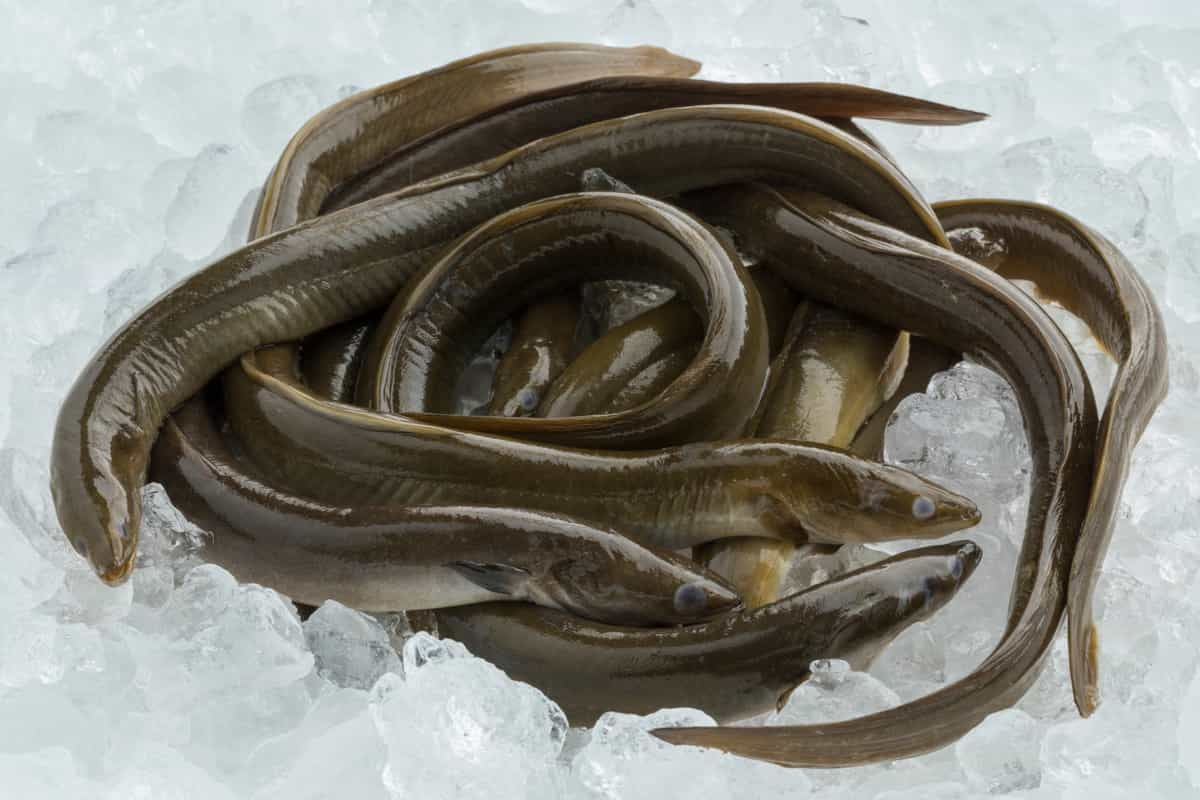
They embark on long journeys to reproduce in the ocean before returning to freshwater habitats. Regarding rearing tips, maintaining water quality is crucial for eel farming. Providing a balanced diet rich in protein is key to ensuring healthy growth and development.
Tengra
Tengra, also known as Mystus tengara, is a popular freshwater catfish breed in India. With proper water quality management, Tengra thrives in freshwater ponds and rivers. These hardy creatures can adapt well to varying environmental conditions, making them suitable for aquaculture novices and experts alike.
Feeding Tengra a balanced diet rich in protein is crucial for their growth and development. Incorporating commercial feeds along with natural food sources like zooplankton can ensure optimal nutrition levels. Regular monitoring of water parameters is essential to maintain a healthy environment for Tengras to flourish. Additionally, timely harvesting at the right size ensures maximum profitability from your aquaculture investment.
Indian fish breeds are a source of pride and play a crucial role in the country’s aquaculture industry. Furthermore, due to their cultural significance and popularity among consumers, these local fish breeds often have a strong demand in domestic markets. By focusing on rearing Indian fish breeds, farmers can tap into this existing market demand and potentially achieve better financial returns.
- Economical Aquaculture: A Guide to Low-Budget Fish Farming
- 15 Common Planting Errors That Can Doom Your Fruit Trees
- How to Make Houseplants Bushy: Effective Tips and Ideas
- Innovative Strategies for Boosting Coconut Pollination and Yield
- Pollination Strategies for Maximum Pumpkin Yield
- The Complete Guide to Chicken Fattening: Strategies for Maximum Growth
- Natural Solutions for Tulip Problems: 100% Effective Remedies for Leaf and Bulb-Related Issues
- Revolutionizing Citrus Preservation: Towards a Healthier, Greener Future
- Natural Solutions for Peony Leaf and Flower Problems: 100% Effective Remedies
- Maximizing Profits with Avocado Contract Farming in India: A Comprehensive Guide
- Natural Solutions for Hydrangea Problems: 100% Effective Remedies for Leaf and Flowers
- The Ultimate Guide to Choosing the Perfect Foliage Friend: Bringing Life Indoors
- From Sunlight to Sustainability: 15 Ways to Use Solar Technology in Agriculture
- The Ultimate Guide to Dong Tao Chicken: Exploring from History to Raising
- The Eco-Friendly Makeover: How to Convert Your Unused Swimming Pool into a Fish Pond
- Mastering the Art of Delaware Chicken Farming: Essentials for Healthy Backyard Flocks
- 20 Best Homemade Fertilizers for Money Plant: DIY Recipes and Application Methods
- How to Craft a Comprehensive Free-Range Chicken Farming Business Plan
- Brighten Your Flock: Raising Easter Egger Chickens for Beauty and Bounty
- How to Optimize Your Poultry Egg Farm Business Plan with These Strategies
- Subsidy for Spirulina Cultivation: How Indian Government Schemes Encouraging Spirulina Farmers
- Ultimate Guide to Raising Dominique Chickens: Breeding, Feeding, Egg-Production, and Care
- Mastering the Art of Raising Jersey Giant Chickens: Care, Feeding, and More
- Ultimate Guide to Raising Legbar Chickens: Breeding, Farming Practices, Diet, Egg-Production
- How to Raise Welsummer Chickens: A Comprehensive Guide for Beginners
- How to Protect Indoor Plants in Winter: A Comprehensive Guide
- Ultimate Guide to Grow Bag Gardening: Tips, Tricks, and Planting Ideas for Urban Gardeners
- Guide to Lotus Cultivation: How to Propagate, Plant, Grow, Care, Cost, and Profit
- Agriculture Drone Subsidy Scheme: Government Kisan Subsidy, License, and How to Apply Online
- Ultimate Guide to Raising Araucana Chickens: Breed Profile, Farming Economics, Diet, and Care
- Bringing Hydroponics to Classroom: Importance, Benefits of Learning for School Students
- Ultimate Guide to Raising Polish Chickens: Breed Profile, Farming Economics, Diet, and Care
- Ultimate Guide to Raising Australorp Chickens: Profile, Farming Economics, Egg Production, Diet, and Care
- Silkie Chicken Farming: Raising Practices, Varieties, Egg Production, Diet, and Care
- Sussex Chicken Farming: Raising Practices, Varieties, Egg Production, Diet and Care
- Homemade Feed Formulations for Livestock: Discover Cost-effective Starter to Finisher Feed Recipes